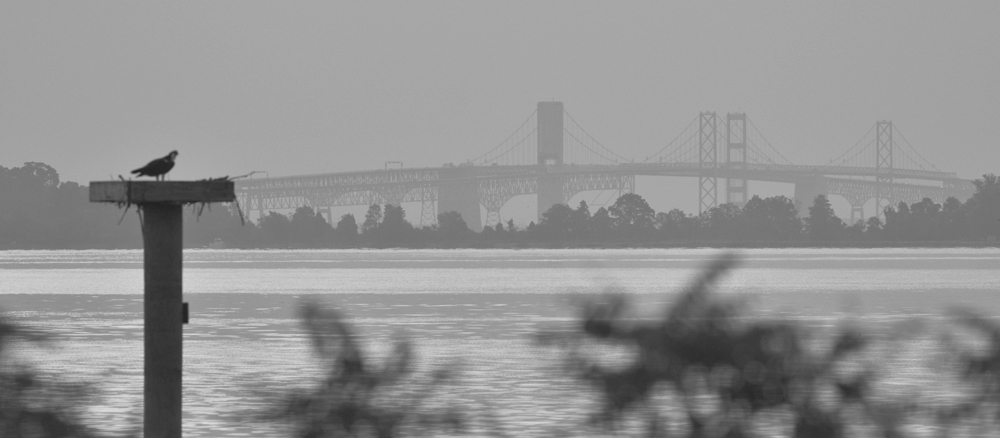“Stretching eight miles along Delaware Bay and covering 16,251 acres, Bombay Hook National Wildlife Refuge provides habitat for wildlife. Four-fifths of the refuge is tidal salt marsh with a mix of cordgrass meadows, mud flats, tidal pools, rivers, creeks, and tidal streams. The upland area includes forests, freshwater impoundments, brushy and timbered swamps, and fields of herbaceous plants.”
I’ve heard a lot about Bombay Hook, which has a large variety of habitat and bird life, so I printed out a map and took the nearly two hour trip this morning. While it wasn’t an overwhelming success, I got some good pictures and saw some wonderful scenery. I hear it’s a rough trip when the mosquitoes are out, but I’ll definitely schedule another trip.


This Red Tailed Hawk was my first significant sighting, as he hunted over the marsh.



I saw several small flocks of Hooded Mergansers foraging in the marsh.

It may look a bit odd, but this American Coot is feeding, and most dabblers spend a lot of time in similar poses.

Typical feeding habitat at Bombay Hook and other marsh refuges.




Northern Pintails were present in almost every marsh.

Tundra Swans were feeding right alongside the ducks.




I was surprised to see a small flock of Green Winged Teals foraging in the mud flats.

I felt mildly guilty about startling this Great Blue Heron.

Mallards are the ducks I see most often.

Black Ducks were very common also.

This Ring Billed Gull seemed to be checking me out.

Northern Shovellers were plentiful.




This Red Tailed Hawk appeared as I was exiting the refuge.

































































 Tundra Swan
Tundra Swan

 Bald Eagle
Bald Eagle


















































